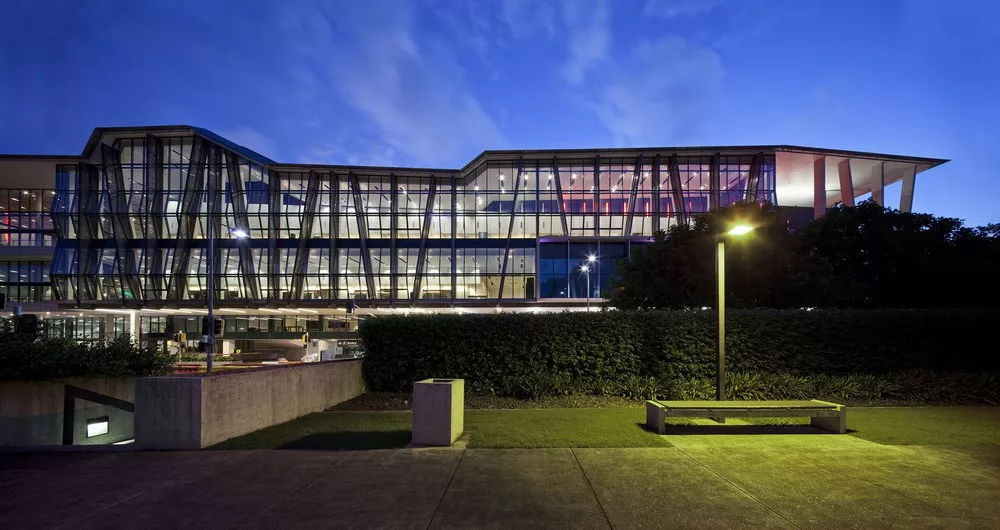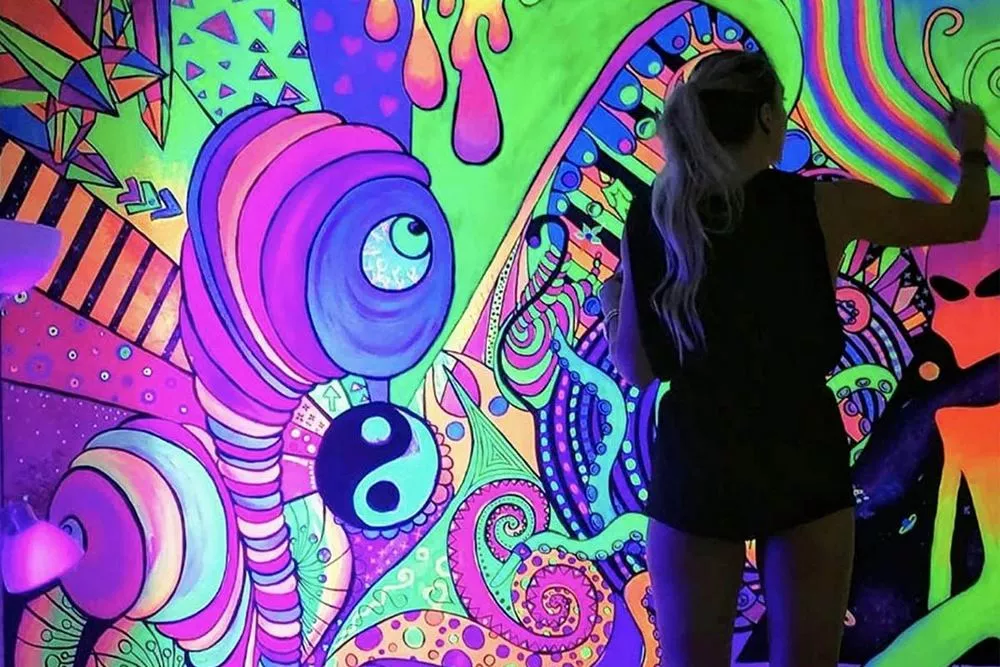The Brisbane Convention & Exhibition Centre opened its doors in 1995 and has since played host to some of the worl’s largest and most prestigious events.
The Centre is located in the heart of Brisbane’s CBD, on the banks of the Brisbane River and within easy walking distance of the city’s best shopping, dining and entertainment precincts.
The Brisbane Convention & Exhibition Centre is a world-class facility that offers a unique blend of style, service and technology. It is the perfect venue for events of all sizes, from small meetings and conferences to large-scale exhibitions and gala dinners.
The Centre’s versatile function spaces can be configured to suit a wide range of events, and its state-of-the-art audio visual and event management services are second to none.
The Brisbane Convention & Exhibition Centre is committed to delivering an exceptional events experience for its clients and guests. It is this commitment that has earned the Centre a reputation as one of the best convention and exhibition venues in Australia.
The site where the Centre now stands was originally home to the Brisbane Exhibition Ground, which was founded in 1876. The Exhibition Ground was the site of many important events in Brisbane’s history, including the 1882 International Exhibition, the 1888 Brisbane International Exhibition, and the 1897 Intercolonial Exhibition.
In the early 1900s, the Brisbane City Council proposed the construction of a permanent exhibition hall on the site. However, the proposal was met with opposition from the Queensland Government, which feared that the project would compete with the Queensland National Exhibition (now known as the Royal Queensland Show). As a result, the project was put on hold.
In the late 1920s, the Queensland Government finally approved the construction of a permanent exhibition hall on the site. The hall was designed by architect John Duykers and was completed in 1930. It was named the Brisbane Exhibition Hall and was used for a variety of events, including the 1932 Brisbane Centenary Celebrations and the 1938 Brisbane Exhibition.
The Brisbane Exhibition Hall was destroyed by fire in 1962. In its place, the Brisbane City Council built the Brisbane Convention & Exhibition Centre, which was opened in 1965. The Centre has undergone a number of expansions and renovations since then and is now one of the largest and most popular convention and exhibition venues in Australia.


